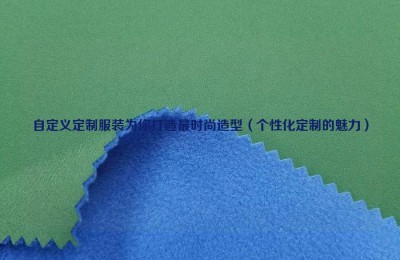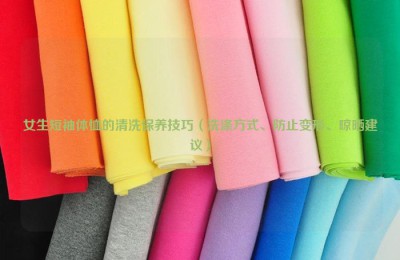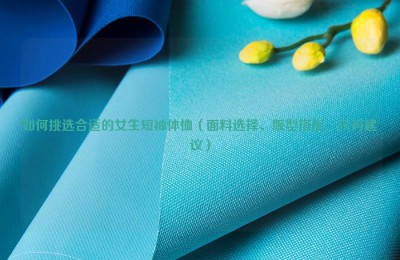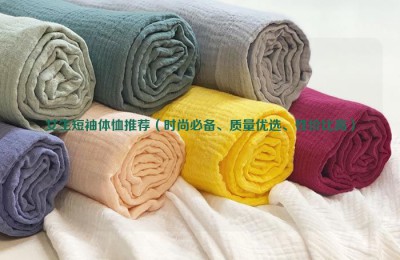Neps in cotton are knots of fibers that are tightly intertwined. The big one is called “silk ball” and the small one is called “white star”. It is a harmful defect that occurs during cotton processing and spinning. Before spinning, live neps can be combed out through processes such as carding, or they may be further compressed into dead neps; dead neps are difficult to untie and seriously affect the yarn quality after being spun into yarn. After weaving, large silk neps Defects such as cotton balls appear on the cloth surface. Small white stars are white spots on the cloth surface. The existence of neps will seriously affect the bursting strength of the cloth. When evaluating the quality of the cloth surface, the cotton balls are scored according to appearance defects, with 1 point deducted for each. The white spots on the cloth surface produced by white stars are also an important basis for grading cotton cloth. my country’s current standard grading regulations for cotton cloth: “When the physical indicators, neps, and impurities are different, the lowest one will be used as the physical index, neps, and impurities of the batch of cotton.” Therefore, “death” “Neps” should be included in the category of cotton impurities.
With the development of textile technology, the production speed of each process has been greatly improved. For example, the unit output of the carding machine has reached 50-100 kg/unit. hour, the cylinder speed is 600 rpm, and the MK5 high-yield carding machine tin The forest speed has been increased to 770 rpm, the drawing frame speed is 1000 m/min, the ring spinning machine spindle speed is 25000 rpm, the rotor spinning machine rotor speed is 100000 rpm, Schlaif The company’s Autocoro312 cup rotating speed is 150,000 rpm. The yield level of some textile machinery has increased several times or more in 20 years. For high-yield spinning production, many traditional product quality inspection methods are no longer suitable. For example, the method of visually detecting neps cannot accurately, quickly and effectively understand the distribution of neps in semi-finished products in each spinning process, and guide spinning. Improvement of yarn technology to achieve the purpose of reducing neps.
Abroad, the inspection of the impurity content of raw cotton and semi-finished products in various spinning processes has entered a high-tech stage, such as the AFis-N, AFis-T and AFis-L defect and fiber length inspection produced by the Swiss USTER Company. Instruments and HVI large-capacity raw cotton quality detectors have long been used in spinning production in many foreign countries and regions. In addition, HVI large-capacity cotton quality detectors have been used internationally as a detection method for international cotton circulation, and have become a standard for spinning production. important guarantee system.
1. The main function of AFis-N (L.T): It can be used as a rapid detection instrument for changes in neps, impurities and short staple ratio of semi-finished products in various processes of the spinning mill:
① Rapid detection of neps content of AFis-N The instrument can promptly report the total number of neps in the sample, the diameter and average diameter of neps, standard deviation, coefficient of variation, etc., and divide the neps into two types of neps: fiber neps and seed shell neps.
②AFis-N can timely inspect each package of raw cotton from different origins, batches, and different ginning methods, provide information on the nep content in raw cotton to spinning production, and also serve as a guide for ginning production and improve ginning. An important basis for product quality. The cotton bales entering the workshop are inspected one by one, so that the bales with large neps content can be removed in time to ensure the stability of the neps content in the raw cotton used.
③AFis-N can quickly and accurately detect the changes in nep content in semi-finished products in each process. As an important basis for guiding spinning production and improving product quality, the test shows that the raw cotton entering the factory has been ginning during the production. A certain number of neps are caused. The blowroom process is an important process to increase the neps content. Carding and combing are the main processes to reduce the neps content. Most of the seed shell neps are removed on the carding machine, about Can remove 70% of 500-2000 micron seed shell neps.
④AFis-N can detect fluctuations in the nep content of the card sliver in a timely manner and perform timely maintenance, such as timely adjustment, flat plate spacing and speed, grinding flat plates and cylinder clothing, and adjusting the card sliver Quantification, etc., to achieve the purpose of removing seed shell neps and stabilizing product quality.
⑤AFis-N continuously detects the seed shell nep content of spinning raw cotton and semi-finished products, which can provide reliable digital basis for improving process configuration to each process, so as to steadily improve product quality.
⑥AFis-N, AFis-L, AFis-T, etc. have been listed in the World Uster Gazette as testing instruments for the quality of raw cotton, spun yarn, and semi-finished products, as well as yarns tested with the Uster yarn dryness tester. The situation of neps and yarn defects corresponds to each other and is an important assessment method of yarn quality in the world.
⑦ One AFis-N (L.T) only takes 3-5 minutes to perform a test, which is fast and accurate and can completely replace the work of the traditional cotton inspection room.
2. HV1 large-capacity raw cotton quality rapid tester:
The large-capacity raw cotton quality tester is used to test the quality of cotton in American agriculture. It has now been used as a testing method for international cotton circulation. The United States uses HVI to test the quality of raw cotton. It is an important testing method for processing, grading, warehousing, distribution and serving spinning production. As mentioned above, HVI is used to detect the information of raw cotton package by package, and is networked nationwide to form a huge network control system. It speeds up logistics, stabilizes spinning quality, and plays an accurate and reliable role.
1. In 1998, the International Federation of Textile Manufacturers held the 10th Conference on Cotton Inspection Technology and officially recommended the use of HV1 detector internationally. Its main functions are:
① Inspect cotton fiber maturity and fineness. At present, the basic method of cotton fiber inspection and cotton fiber maturity standard for HV1 have been formulated;
② Rapidly detect data related to the percentage of nep content;
③ Divide the neps in raw cotton into harmful and harmless ones Two categories, used to guide the reduction of neps in yarn;
④Inspection of fiber length, 1992-1997AFis-L is used to detect fiber length and average length. However, the CV% value of its test results is on the high side. The HV1 test can be used to group the fibers at 2.5% length and detect the average length. The detection results are more accurate and the average length of the right half can also be reported.
⑤ HV1 is used to grade raw cotton. It is classified according to color and knot level. The grading is very accurate. At present, an international standard for cotton grading using HV1 instrument has been formed.
HV1 is a high-tech testing instrument. In order to make the test accurate and reliable, the HV1 test must be conducted under constant temperature and constant humidity conditions.
In the spinning production process, from raw cotton feeding to spinning into spun yarn, each process has different functions and functions. Therefore, the distribution of neps and defects in each process is different. The raw cotton itself is mature due to Therefore, the number of neps produced from the initial ginning process to blowroom, carding and other processes is also different. Immature fibers are prone to produce neps. The initial ginning process has a certain impact on the neps content in raw cotton. , unreasonable initial processing technology will produce more neps. Blowing cotton is an important process that produces more neps in spinning production. How to deal with it correctly and improve the relationship between opening and removing impurities and reducing short-staple neps are important issues to consider in the blowroom process. The carding machine is the main process for reducing neps. Reasonable carding machine technology and the corresponding improvement of the carding and impurity removal system have a great impact on reducing the neps content of the card sliver. The combing machine is an important process for producing high-grade combed cotton yarn. In addition to optimizing the combing machine equipment, the relationship between the combing machine noil rate and the neps content should be reasonably determined. It is important for reducing the neps content, improving product quality and improving The economics of spinning production are important.
In the production practice of reducing neps, high-tech advanced detection instruments are used for tracking and detection, replacing the detection method of manual eye counting, and timely reflecting the dynamic distribution information of neps in each process, which is useful for guiding spinning production With the technological advancement, it is very important to further effectively reduce neps and improve product quality. Domestic textile enterprises should adopt instruments such as AFis-N and HV1 large-capacity detector as soon as possible according to their own conditions to facilitate the improvement of product quality. .
AAAFGHTYHCGER






